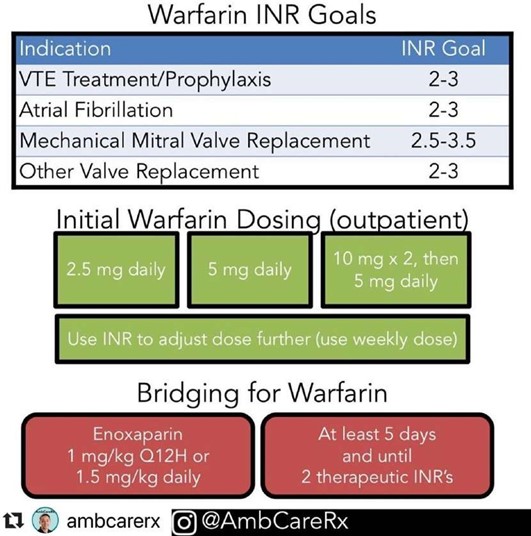A nurse is preparing to administer enoxaparin 1 mg/kg subcutaneously every 12 hr.
The client's weight is 121 lb.
Available is enoxaparin 60 mg/0.6 mL.
How many mL should the nurse administer per dose? (Round the answer to the nearest tenth.
Use a leading zero if it applies. Do not use a trailing zero.)
0.5 mL.
0.600 mL.
0.6 mL.
0.8 mL.
The Correct Answer is C
First, convert the client’s weight from pounds to kilograms: 121 lb /.2 = 55 kg. Then, calculate the dose in mg: 1 mg/kg * 55 kg = 55 mg.
Finally, use the ratio of available enoxaparin to calculate the volume to administer: (55 mg / 60 mg) * 0.6 mL = 0.55 mL.
Rounded to the nearest tenth, this is 0.6 mL.
Choice A is wrong because it is less than the calculated dose of 0.6 mL.
Choice B is wrong because it is equal to the calculated dose of 0.6 mL but not rounded to the nearest tenth.
Choice D is wrong because it is greater than the calculated dose of 0.6 mL.
Nursing Test Bank
Naxlex Comprehensive Predictor Exams
Related Questions
Correct Answer is B
Explanation
Osmotic laxatives work by drawing water into the intestines, which can lead to fluid loss and dehydration if not enough fluids are consumed.
Oliguria, or decreased urine output, can be a sign of fluid volume deficit and dehydration.
Choice A is wrong because Weight gain, is not an indication of fluid volume deficit as weight loss is more commonly associated with dehydration.
Choice C is wrong because Headaches, can be a symptom of dehydration but is not specific to fluid volume deficit.
Choice D is wrong because Nausea, can also be a symptom of dehydration but is not specific to fluid volume deficit.
Correct Answer is D
Explanation

A client who has deep-vein thrombosis and is taking warfarin should obtain an International Normalized Ratio (INR) test monthly.
This blood test measures how fast the blood clots and helps the healthcare provider determine if the client is taking the right dose of warfarin to keep them safe from bleeding and making clots.
Choice A is wrong because Platelet count, is not the correct answer because it measures the number of platelets in the blood and is not specifically related to warfarin therapy.
Choice B is wrong because aPTT, is not the correct answer because it measures the time it takes for blood to clot and is used to monitor heparin therapy, not warfarin therapy.
Choice C is wrong because Fibrinogen, is not the correct answer because it measures the amount of fibrinogen in the blood and is not specifically related to warfarin therapy.
Whether you are a student looking to ace your exams or a practicing nurse seeking to enhance your expertise , our nursing education contents will empower you with the confidence and competence to make a difference in the lives of patients and become a respected leader in the healthcare field.
Visit Naxlex, invest in your future and unlock endless possibilities with our unparalleled nursing education contents today
Report Wrong Answer on the Current Question
Do you disagree with the answer? If yes, what is your expected answer? Explain.
Kindly be descriptive with the issue you are facing.
